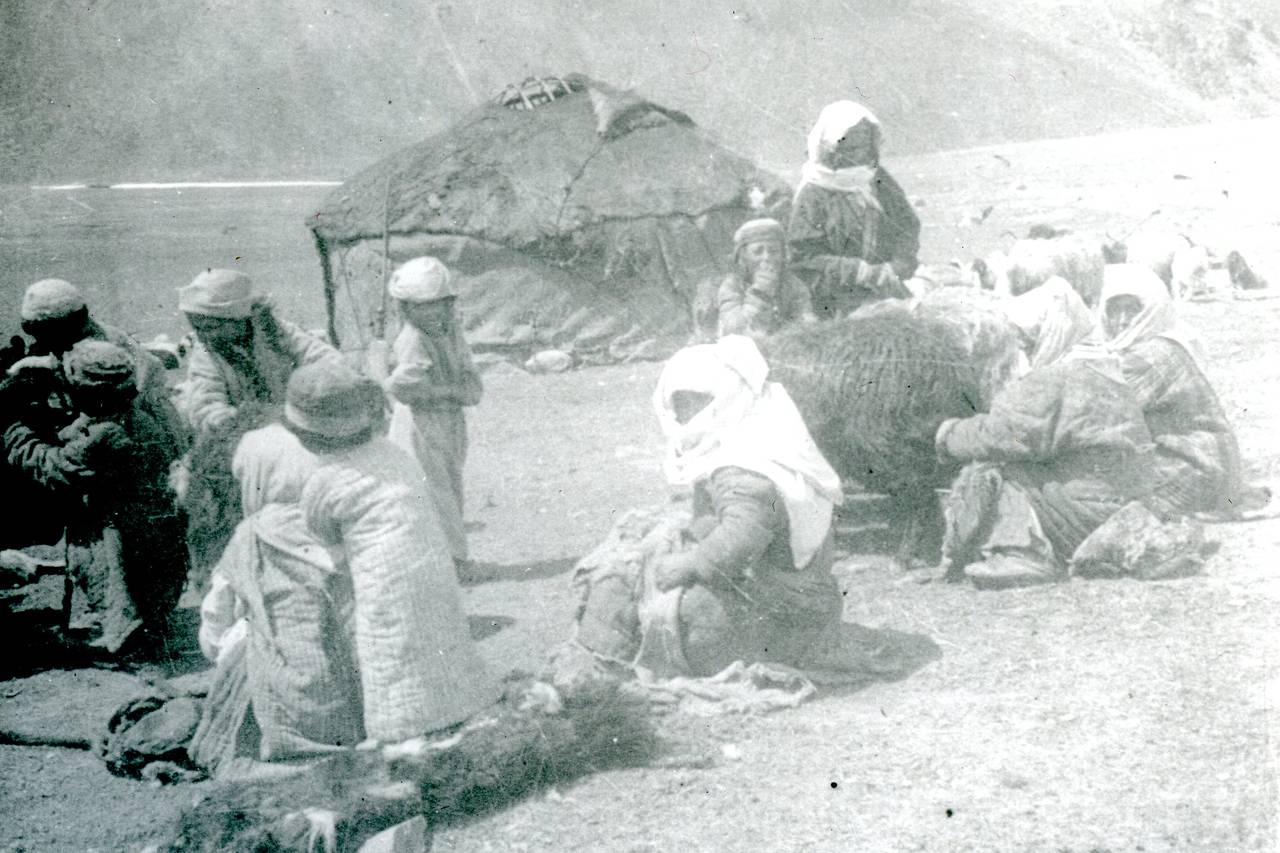- Joined
- Sep 2, 2017
- Messages
- 33,607
- Reaction score
- 5,193
- Location
- GDL/Sweden
- Gender
- Male
- Political Leaning
- Centrist
maybe the worst of all crimes against humility in 20c. the Marxist - Muscovites did it of cos...
Kazakhstan: The Forgotten Famine.
"They" were looking for "kulaks," he said, the term given to anyone who appeared to be better off financially than other people. In the case of Oyil, that meant those fortunate few who owned livestock -- perhaps a dozen sheep or a few horses.
"Many of the people whose sheep and horses were confiscated had to move to inner Russia, to Karakalpakistan, and on to Iran or to Uzbekistan," Tokmurzin said. "There were rumors that life was easier there, that it was easier to survive. Those who stayed suffered but survived the winter of 1929-1930. But the worst season came in 1930-31 when the famine started."
The collectivization process hit the traditionally nomadic Kazakhs hard. They were suddenly forced to settle in one spot and, as Tokmurzin said, those who had more than just a few farm animals were treated as kulaks.
Added to that were the requisitions from Moscow that demanded huge shares of the crops so that the Soviet government could obtain hard currency and purchase machinery for the numerous factories being built.
Thousands of Kazakhs fled the famine. Tokmurzin's Uncle ****an went to the Russian city of Orenburg and then Stalingrad (now Volgograd) to look for work and food. But he returned when the Soviet government began distributing food aid to Kazakhstan in 1933.
'Kazakhstan: The Forgotten Famine
Kazakhstan: The Forgotten Famine.
"They" were looking for "kulaks," he said, the term given to anyone who appeared to be better off financially than other people. In the case of Oyil, that meant those fortunate few who owned livestock -- perhaps a dozen sheep or a few horses.
"Many of the people whose sheep and horses were confiscated had to move to inner Russia, to Karakalpakistan, and on to Iran or to Uzbekistan," Tokmurzin said. "There were rumors that life was easier there, that it was easier to survive. Those who stayed suffered but survived the winter of 1929-1930. But the worst season came in 1930-31 when the famine started."
The collectivization process hit the traditionally nomadic Kazakhs hard. They were suddenly forced to settle in one spot and, as Tokmurzin said, those who had more than just a few farm animals were treated as kulaks.
Added to that were the requisitions from Moscow that demanded huge shares of the crops so that the Soviet government could obtain hard currency and purchase machinery for the numerous factories being built.
Thousands of Kazakhs fled the famine. Tokmurzin's Uncle ****an went to the Russian city of Orenburg and then Stalingrad (now Volgograd) to look for work and food. But he returned when the Soviet government began distributing food aid to Kazakhstan in 1933.
'Kazakhstan: The Forgotten Famine

